SCIRA Board Response re: Juniors
Response to Social Media post by Martin Fresneda
With their being a healthy interest in a recent post by Martin Fresneda’s on the SnipeToday Facebook page, please find below a copy of our response that was sent to Martin via email .
**************
The SCIRA Board is completely in agreement with you in that juniors are our future and finding ways to ensure our Class remains healthy and relies on there being young sailors willing to fill the shoes of current competitors. The Snipe can be an attractive boat for junior sailors as it is relatively simple and affordable whilst remaining tactical. Many juniors enjoy learning and gain knowledge from experienced sailors. It is ideal for young sailors who want to learn how to race.
SCIRA Board
Your Board is receptive to constructive input. We were well represented at the recent Worlds. Any of us would have been happy to hear your thoughts, give them our collective consideration and engage further with you. Otherwise, we are contactable via publicised email which allows the value of discussion to not be compromised. In our experience, it is more effective to make suggestions directly to the Board than to work through social media.
Over the last couple of years, the SCIRA Board has been distracted with the unprecedented challenges presented by the pandemic and finding ways to resolve issues associated with that. Board meetings have been regular and long. During the recent Worlds in Cascais, the Board took the opportunity to meet every morning to discuss topical issues, including the future event bids and the healthy number of rule change proposals submitted. This process is ongoing.
All Board members are volunteers. They give their time willingly and fund their own travel, accommodation and food when attending Class events. This extends to their blazers (apart from the Board Members badge!) The only exception is the Commodore who is able to claim up to $2,000 travel expenses per annum. During the pandemic there were no expenses since there was no travel. The Commodore is required to attend both the Junior and Senior Worlds under longstanding Class rules to ensure a fair regatta, no matter the location. In 2022 this was limited to a return flight used to cover both the Junior and Senior Worlds. All expenses between the two events were covered personally by the Commodore.
Juniors
Attracting and retaining juniors has been a historical challenge and is something that needs to be retained close to our hearts, so we have a future for our Class. Potential new juniors are for the most part recruited at Club level. It needs everyone to do their part to convert an interest in sailing to a passion for racing a Snipe. This requires all supporters of the Class to work together in a global team effort. The Board is there to support National Secretaries from each country and to act as a conduit for sharing experiences so local best practices can be identified and progressed.
Outlined below is what the Class has trialled in the past to encourage the growth of juniors.
The first Junior World Championship was held in 1973. The Board in later years, dedicated $10,000 to the host of the Junior Worlds, but in 1991, the Board voted to discontinue the support because it was not proving effective and was not financially sustainable.
In 2002 a Junior Committee was formed to:
- Gather information and make recommendations for the promotion of junior sailing in the Snipe with the aim of retaining junior sailors in the Class.
- Promote future Snipe Junior Worlds at the same time as looking where improvements to the event could be made.
Their findings were:
- The response to questionnaires circulated to National Secretaries was disappointing. This indicated that communication within the Class was capable of improvement and/or many national associations did not consider junior sailing a priority.
- There were too few responses to produce any statistically meaningful data.
- Suggestions received were to (a) hold the junior Worlds every year (b) allow sailors from other classes to participate.
- Recruiting juniors presents very different challenges from country to country and in some cases, from region to region.
- There was no single solution for the promotion of junior Snipe sailing that would work across the globe.
Each country being different, a local focus was deemed necessary to optimize each situation. The primary finding of the study was therefore that the National Secretaries were best placed to lead junior promotion and should be asked to report and share their experiences (positive and negative).
In an endeavour to assist the National Secretaries promote the Class to juniors, the study offered the following by way of secondary suggestions:
Holding the Junior World Championships every year (on the basis the two-year gap made it harder to retain the interest of competitive juniors).
To motivate the young competitors by holding a clinic preceding the Worlds, hosted by very experienced snipe sailors.
Five good junior sailors from other classes be invited to the Junior Worlds to raise awareness and interest in the event and class.
To mitigate the cost and logistics of running the junior worlds, using the same venue for 2 or 3 consecutive years (where a large fleet of boats exist alongside very experienced sailors) could be considered.
Very little of the secondary suggestions were adopted. It may be timely for National Secretaries to consider afresh the findings and suggestions of the 2002 study together with any new thoughts.
In 2007 the Board voted to increase the age for Junior sailors to 21 years and in 2011, the Board also voted to increase the Junior World entry quota from 1 to a maximum of 10 per country. The Deed of Gift was also changed. It states that “Competitors may use their own boats. The Fleet organizing the event shall provide to juniors not bringing their own boats of good quality and competitiveness that shall be chartered for an amount not exceeding US$500.00, insurance inclusive. The boats provided shall be of hull #29000 or higher.” “The country holding the regatta is obliged to offer lodging and food to the first crew of each country, and if possible, to the second crew. Lodging to be in private homes, if possible.”
A few years ago, a country suggested that SCIRA fund the travel and/or entry/charter for junior sailors. The Board felt, at that time, it should be left to each country to field their own team and offer such support as was possible from their own resources. The primary concern was that SCIRA was not well placed to assess individual eligibility and therefore to act equitably for all sailors.
If there are any different ideas to what has already been tried or if there is something that is working well locally, sharing this information would be very welcome, not only with the Board, but also among the wider Snipe fraternity at National Secretary level. The Board is ready and willing to support National Secretaries and facilitate the exchange of information and ideas. Likewise, if there is an interest in reviewing the findings and secondary suggestions of the 2002 study, the Board are ready to support that too.
Junior Worlds
With regards to the forthcoming Junior Worlds, the Board were presented with two bids, one from Miami and the other from Argentina. The date in January is a worldwide holiday and that should permit juniors from all over the world to attend without having to compromise their education. Flights were reviewed and it was noted to be considerably cheaper for most competitors to travel to Miami (even during the period between Christmas and New Year) than to Argentina in October. We did not have any other bids submitted and so had to work with these. It is always more expensive for some sailors than others to attend a Worlds, for example it cost Euros2,000 for juniors to recently travel to Porto from South America.
Snipe sailors are attending championships in greater numbers. We have just had a record in the Worlds Championships and enjoyed a healthy junior Worlds with numbers increasing from 23 boats in La Coruna in 2017 to 39 in Porto 2022.
However, despite enjoying a large number of juniors, even Spain was unable to fill its quota in La Coruna (Spain) in 2017 and didn’t send any competitors to the junior Europeans in Pori (Finland) in 2018 or the junior worlds in Ilhabela (Brazil) in 2019. There is still work to be done even in countries where numbers are healthy.
Summary
SCIRA remains a strong Class but your Board is not complacent about developing youth participation. We need everyone’s help. We all need to be ready to learn more from the countries who have found a winning format. If those countries can share how they have been successful and the methods used, National Secretaries in countries facing more of a challenge can see if they can adopt or modify the same format to achieve a similar outcome.
We would like to reiterate that all correspondence requiring a reply is best made by email to [email protected].
The SCIRA Board
The future of SCIRA
The SCIRA Board is drawn from a diverse collection of snipe sailors. Its positions are rotated frequently following recommendations from a separate Board. A Board position requires commitment, passion, perspective, and integrity. If you have those qualities, we encourage you to consider what you can offer your class by registering your interest with your National Secretary.
Comments for this post are closed

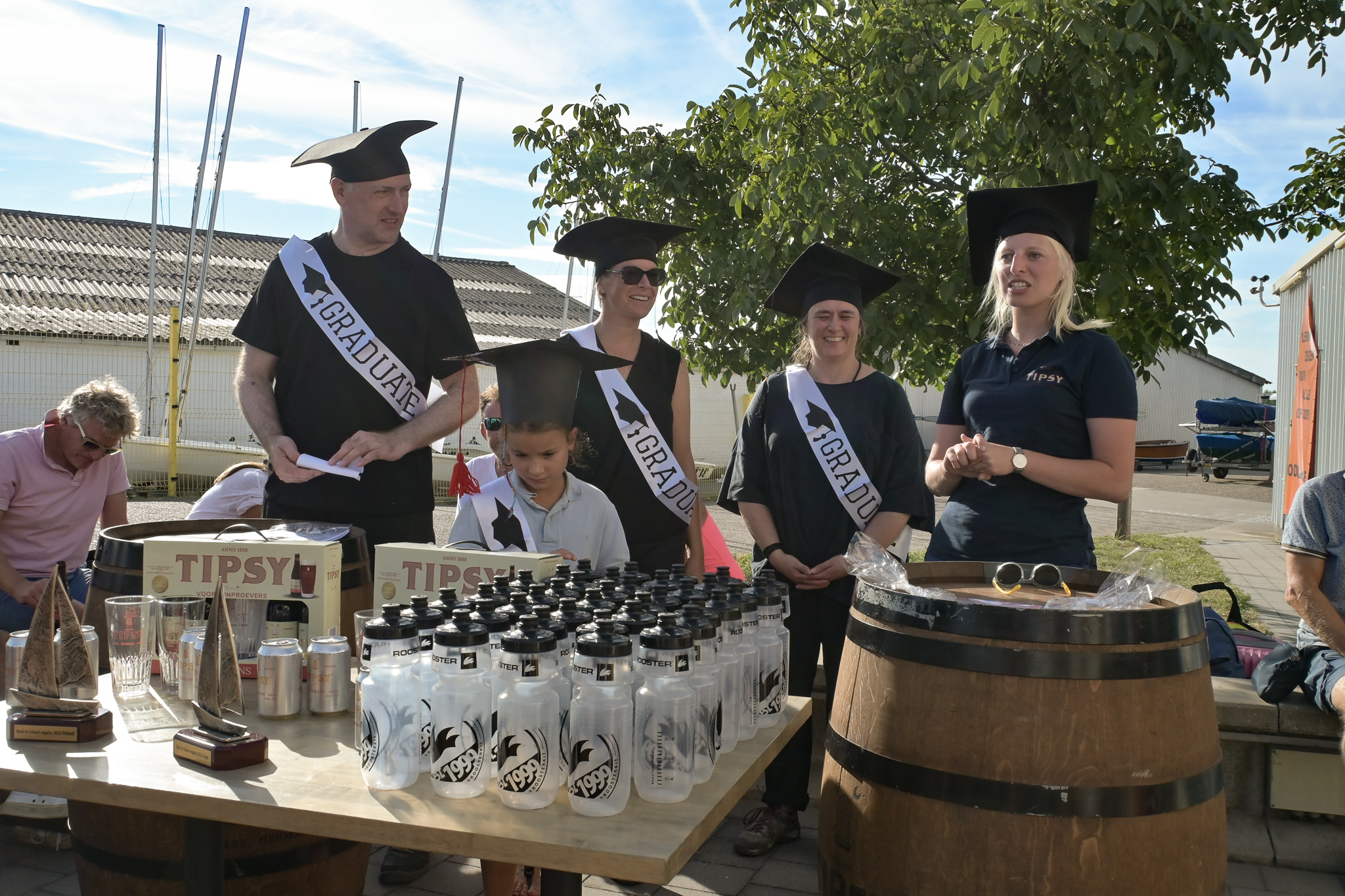
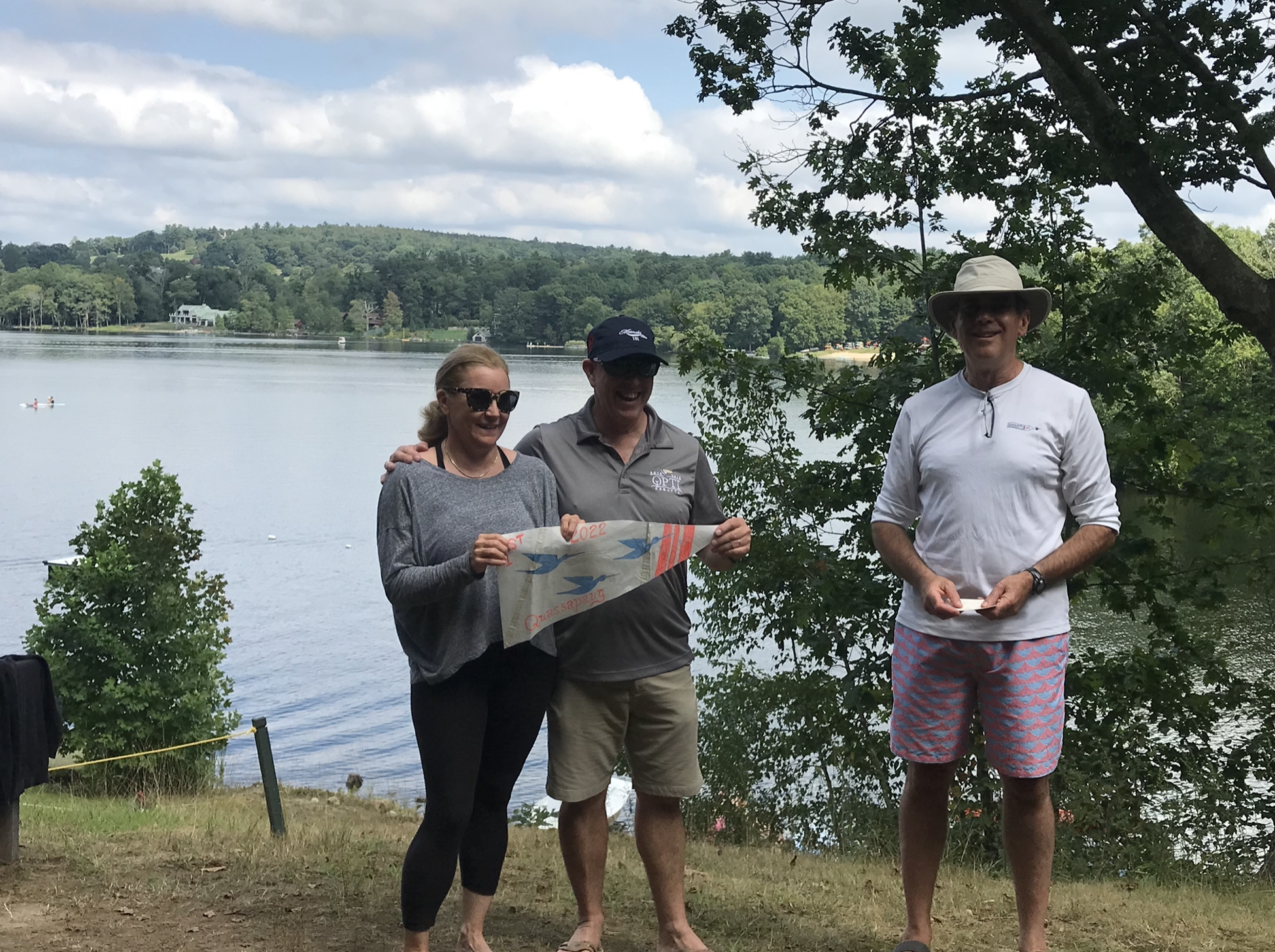
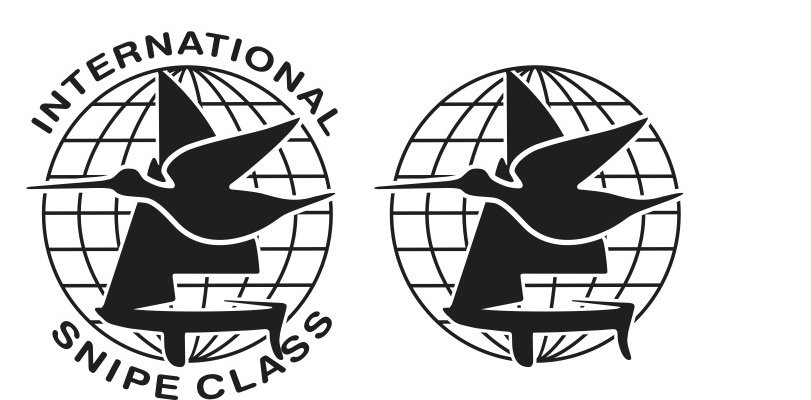
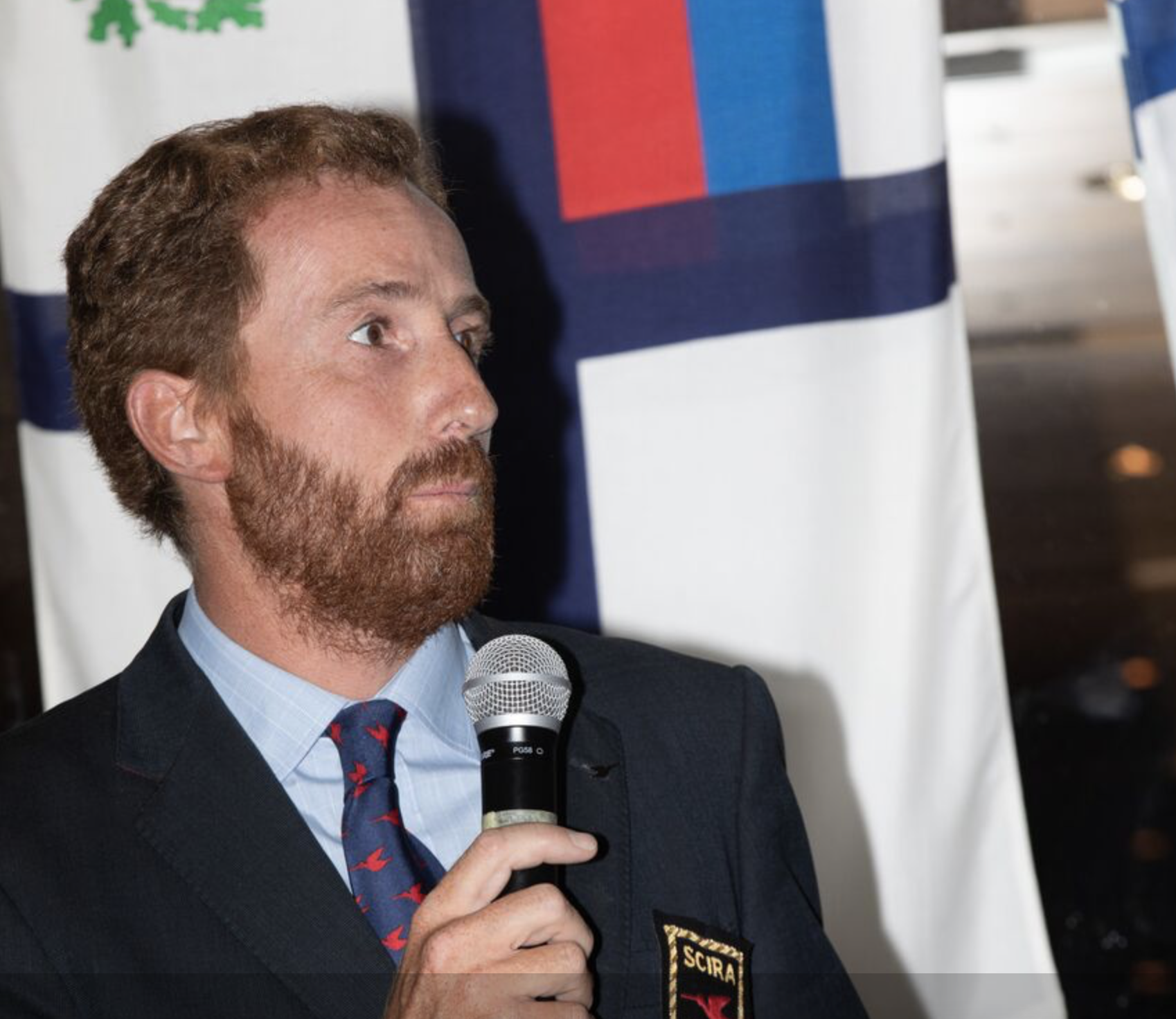
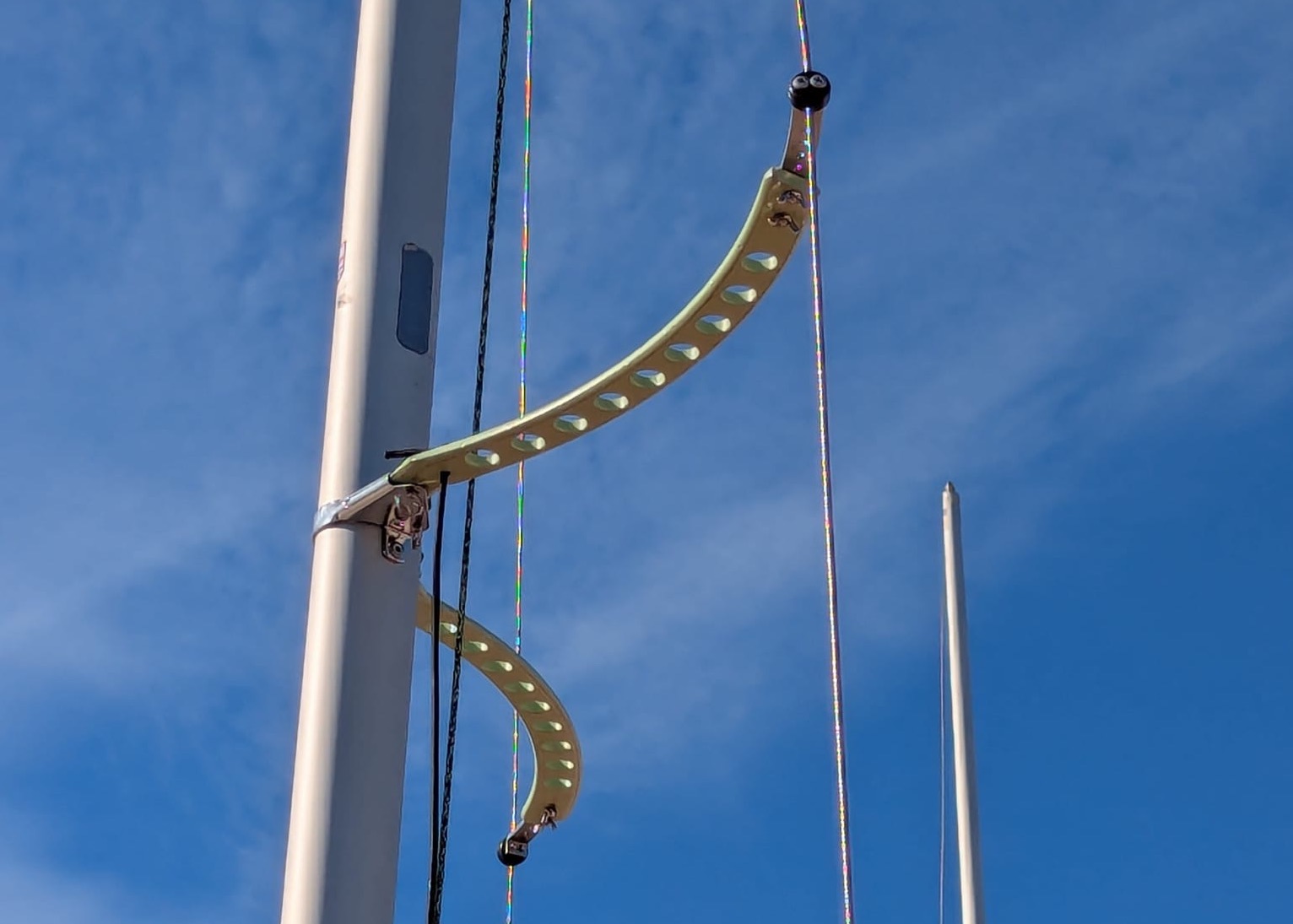
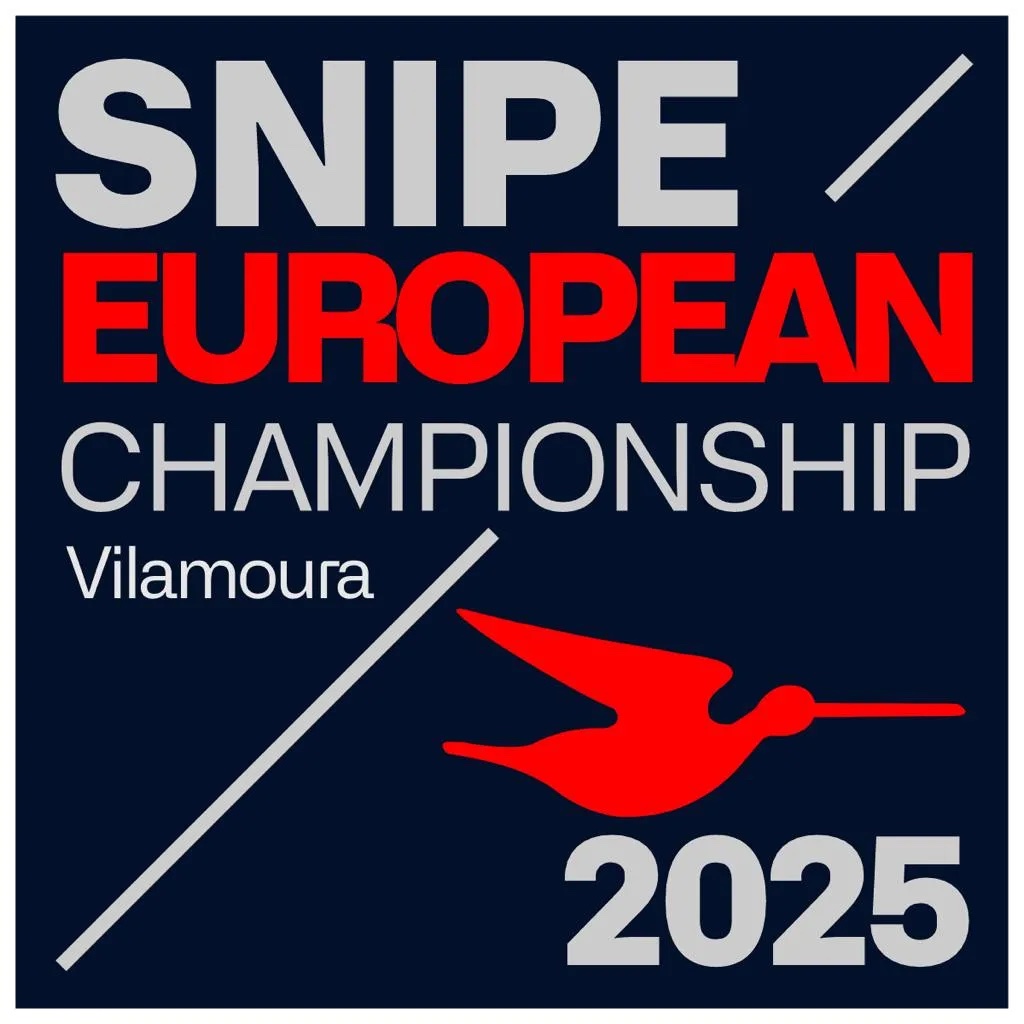

0 comments